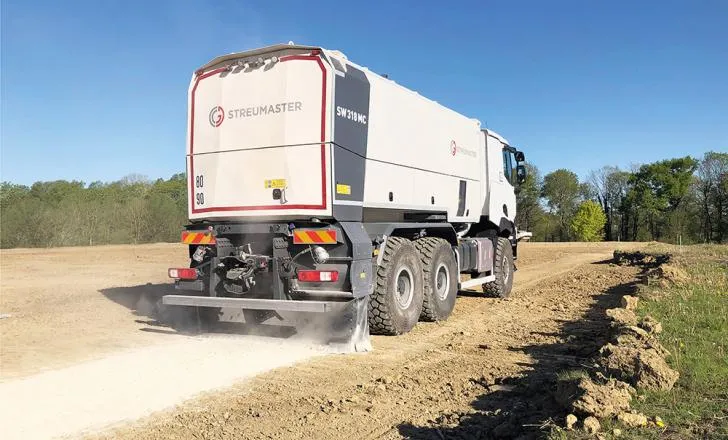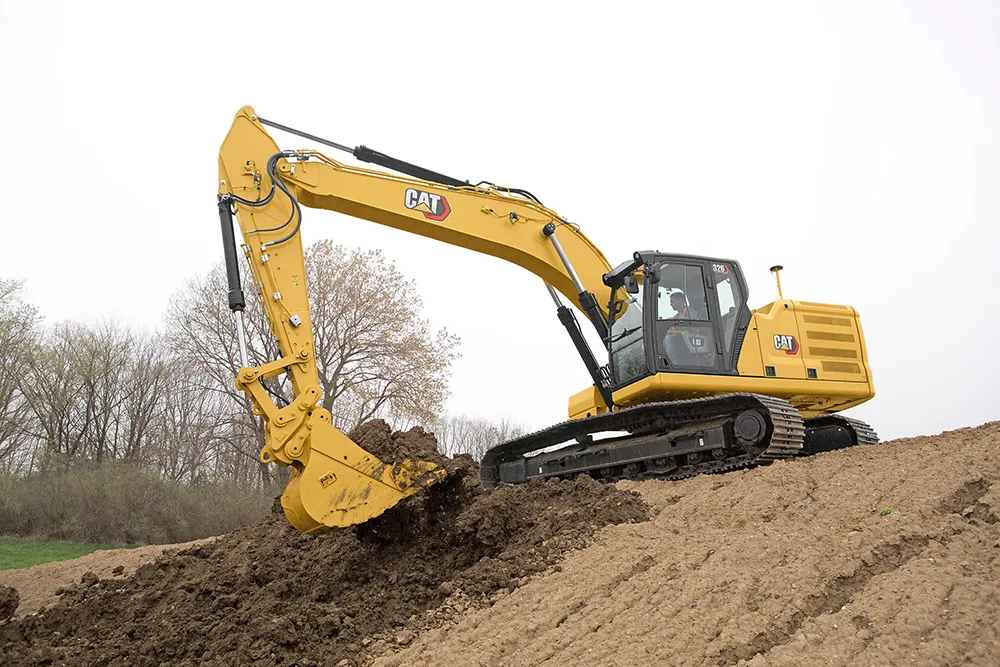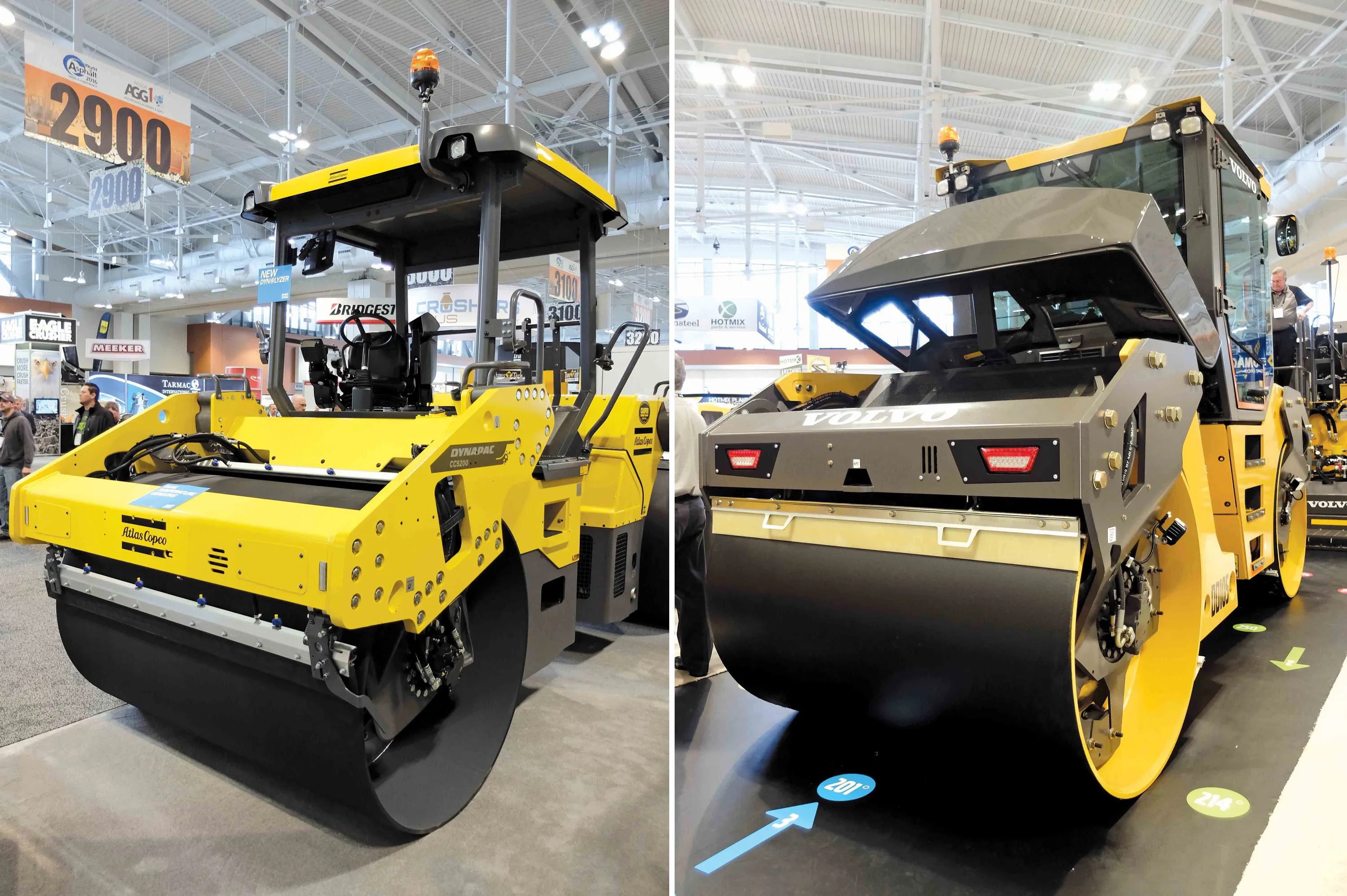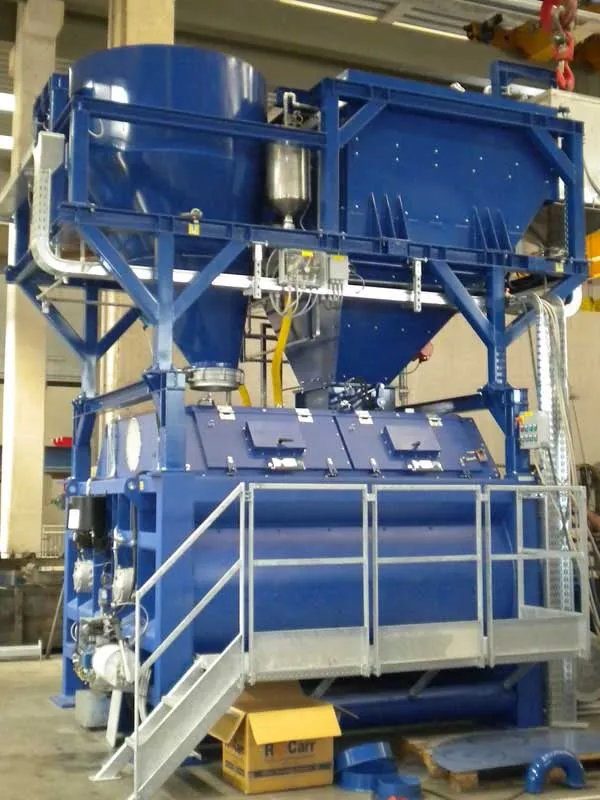
These new models have been added to Streumaster’s MC and TC series and are said to offer improved performance for filling, spreading accuracy, and user-friendliness. New features include a high-speed filling device on both sides, self-cleaning metering feeders, and a new control panel. According to Streumaster, these features ensure that the binding agent spreaders deliver high-performance, high-precision spreading results.
The new binding agent spreaders are designed as trailers or to be mounted on a carrier vehicle and can be filled from both sides due to two large filling connectors. They come standard-equipped at the rear of the machine, enabling the silo trucks to drive directly up to the binding agent spreader and fill the container when space is limited or traffic is moving.
The new high-speed pneumatic filling device and new container design ensure that the filling process is completed quickly and that the binding agent is distributed throughout the inside of the container. Each of the filling connectors is designed to handle up to 2tonnes of binding agent/minute. In addition, an optional automatic filter system is available to make the filling process dust-free.
The fully automatic binding agent metering system ensures that the binding agent is discharged accurately no matter the travel speed of the machine. In combination with the Weightronic electronic weighing device, the system can calculate distance travelled and the area covered with binding agent. Meanwhile, the system regulates the spread rate continuously and automatically.
The metering feeders feature a rotary design with a special housing that has pressure and release zones and flexible chambers, allowing self-cleaning. This is said to ensure a high-performance process with high spreading accuracy. In addition, the spreader’s three partial spreading widths can be controlled separately. The design allows the spread rate of each section to be adjusted individually.
Operating values and function keys are accessed using the colour screen. In addition, the control panel features a split-screen mode that allows the operator to display the camera images from the optional camera/monitor system.








